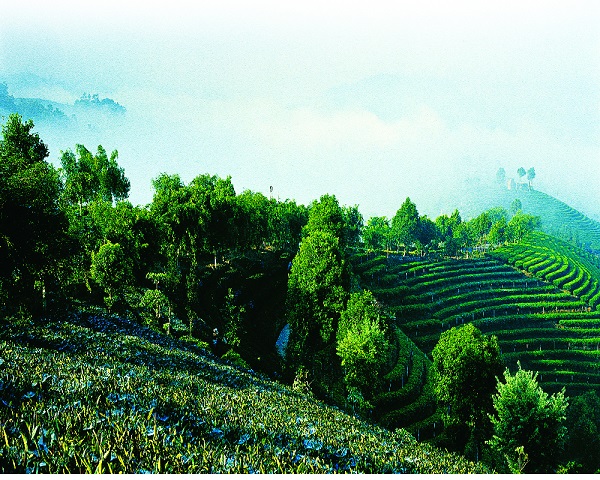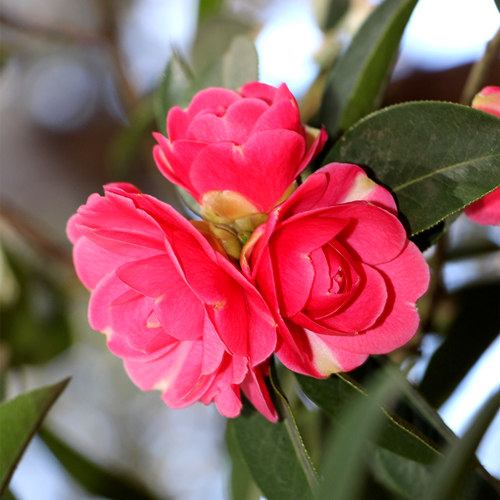
Detailed Introduction to Jinping County of Honghe Prefecture
Overview
Jinping County (金平苗族瑶族傣族自治县) lies at the southern tip of Honghe Prefecture, Yunnan Province, directly bordering Vietnam’s Lai Châu and Lào Cai provinces. With dramatic elevation changes from rugged mountains to lush river valleys, Jinping is one of Yunnan’s most ecologically rich and ethnically diverse counties. It is also a key cross-border trade zone, where Miao, Yao, Dai, and other ethnic communities maintain vibrant cultural traditions amid tropical landscapes.
Geography and Climate
Total Area: ~3,678 km²
Location:
Southern Honghe Prefecture
Borders Lüchun County to the west and Pingbian and Hekou counties to the east
Shares an over 500 km border with Vietnam, with multiple official and unofficial crossing points
Topography:
Elevation ranges from 70 m (lowest point in Yunnan) to over 3,000 m
Dominated by deep river valleys, tropical forests, and highland plateaus
Major Rivers: Red River (Honghe) and Black River (Heihe) flow through the county
Climate:
Subtropical to tropical monsoon climate
Warm and humid year-round
Rainfall: 1,800–2,500 mm annually
One of the wettest areas in Yunnan, with pronounced rainy and dry seasons
Population and Ethnic Composition
Population: ~330,000
Ethnic Groups:
Miao, Yao, and Dai (autonomous designations)
Others: Hani, Zhuang, Lahu, Han, Yi
More than 80% of the population belongs to ethnic minorities
Known for multilingualism, traditional attire, and interethnic harmony in daily life
Cultural Highlights
�� Ethnic Diversity
Miao: Known for their pleated skirts, silver jewelry, and reed-pipe dances
Yao: Famous for red headscarves, long hair culture, and shamanistic traditions
Dai: Residents in tropical lowlands, with stilted bamboo houses, water-splashing festivals, and Theravāda Buddhist temples
�� Major Festivals:
Panwang Festival (Yao) – celebrating ancestors with singing, dancing, and rituals
Huashan Festival (Miao) – held after harvest with athletic contests, swing dancing, and courtship games
Water Splashing Festival (Dai) – welcoming the new year with water rituals, dragon boat races, and temple offerings
Many festivals have regional variations, reflecting the topographic diversity and cross-border influences
Natural Wonders and Attractions
�� Tropical Forest Reserves
Jinping is a biodiversity hotspot, home to:
Gibbons, hornbills, clouded leopards, pangolins, and hundreds of butterfly species
Endemic plants and rare orchids
Protected zones include:
Daheishan Nature Reserve – dense tropical rainforest
Heizhiguo Scenic Area – waterfalls, rare rock formations, birdwatching paradise
Nanxi River Valley – river terraces, misty jungles, Dai villages
��️ Scenic Landscapes
Red River Canyon – winding valleys, agricultural terraces, and border checkpoints
Banlun Tea Mountain – ancient tea trees and cloud-covered plantations
Shangzhai Miao Village – wooden houses on cliffs, ancestral totems, and vibrant embroidery
Agriculture and Economy
Tropical agriculture is central:
Bananas, sugarcane, pineapple, rubber, coffee, and tea
Aquaculture in lowlands, especially along the Red River
Traditional terrace farming of rice and maize in uplands
Cross-border trade and commerce:
Several border crossings enable the flow of goods between Vietnam and China
The Jinshuihe–Vietnam border port is an emerging trade hub
Handicrafts: Embroidery, silverwork, textile dyeing, bamboo weaving
Transport and Connectivity
Jinping Town (金平镇) is the county seat
Major roads connect Jinping to:
Mengzi City (~6–7 hours drive)
Hekou Port (~3–4 hours)
Border trade markets and Vietnamese provinces
No airport or rail station in the county itself, but:
Closest train access via Gejiu or Mengzi
Long-term plans to enhance logistics corridors for international trade
Tourism Development and Ecotourism
Jinping is not heavily commercialized, which makes it ideal for:
Eco-adventurers, ethnographers, and off-the-beaten-track travelers
Hiking, river rafting, birdwatching, and village stays
The county promotes community-based tourism that includes:
Ethnic performance nights
Cultural exchange with Vietnamese border villages



